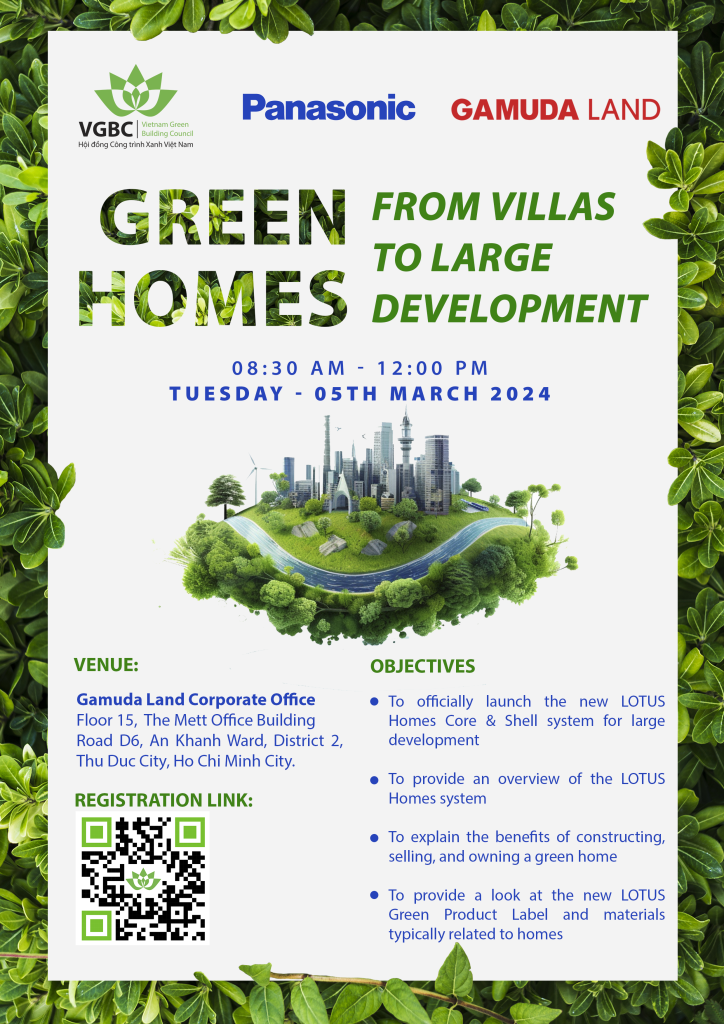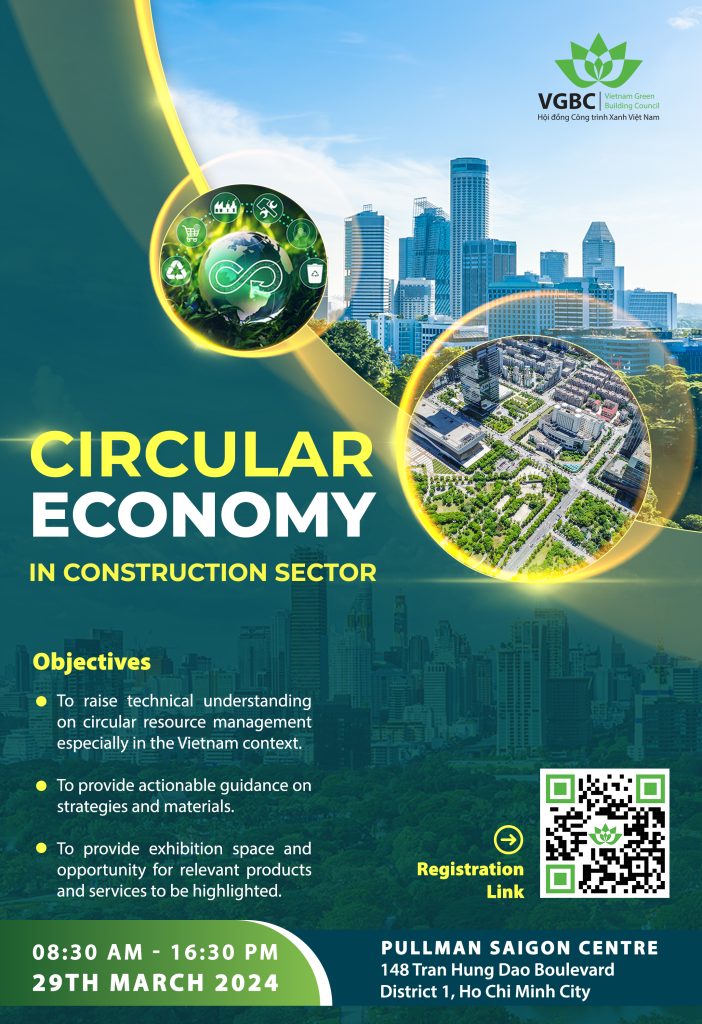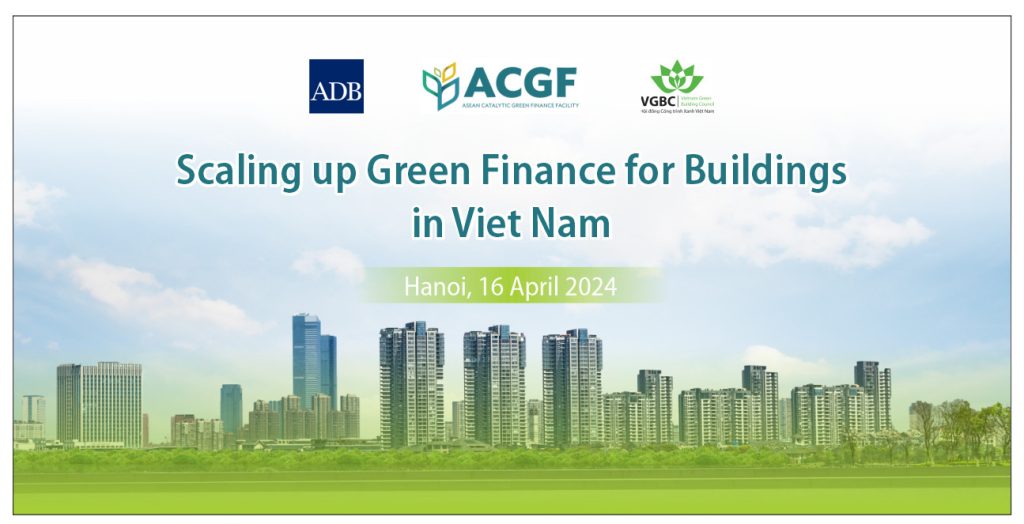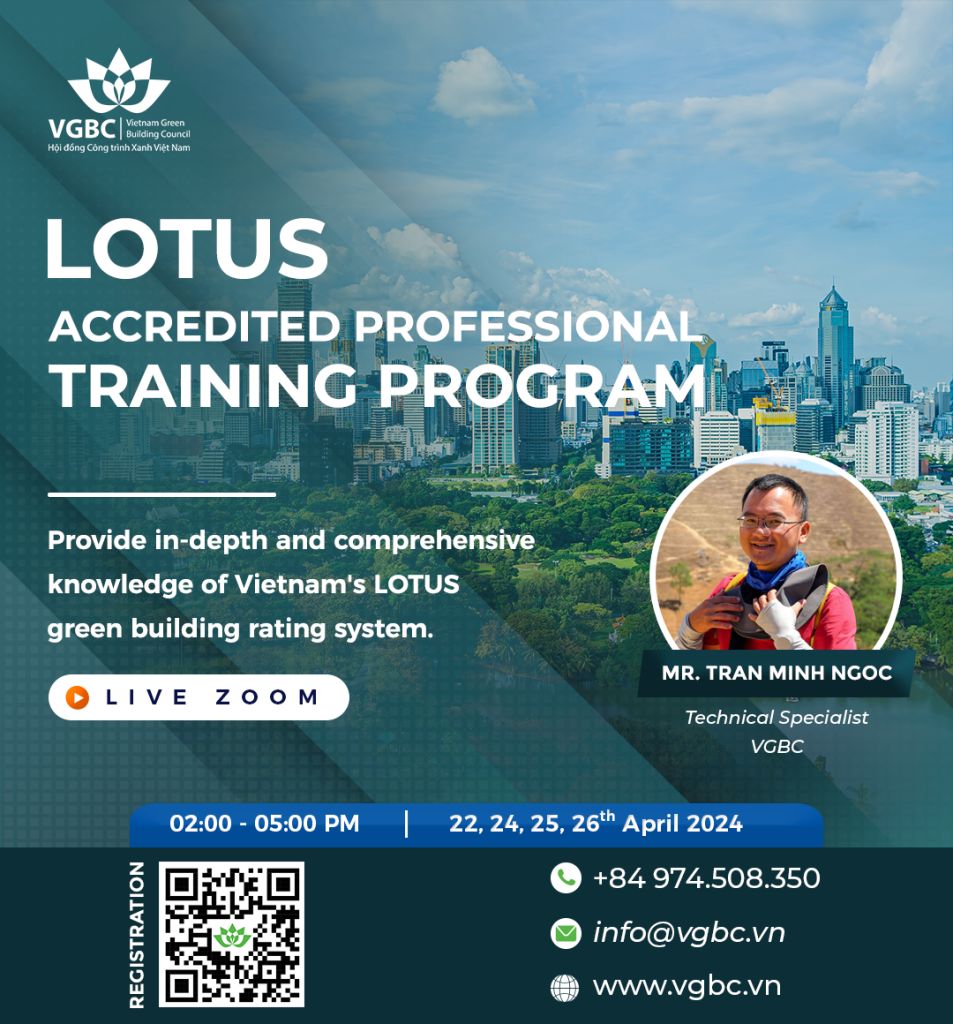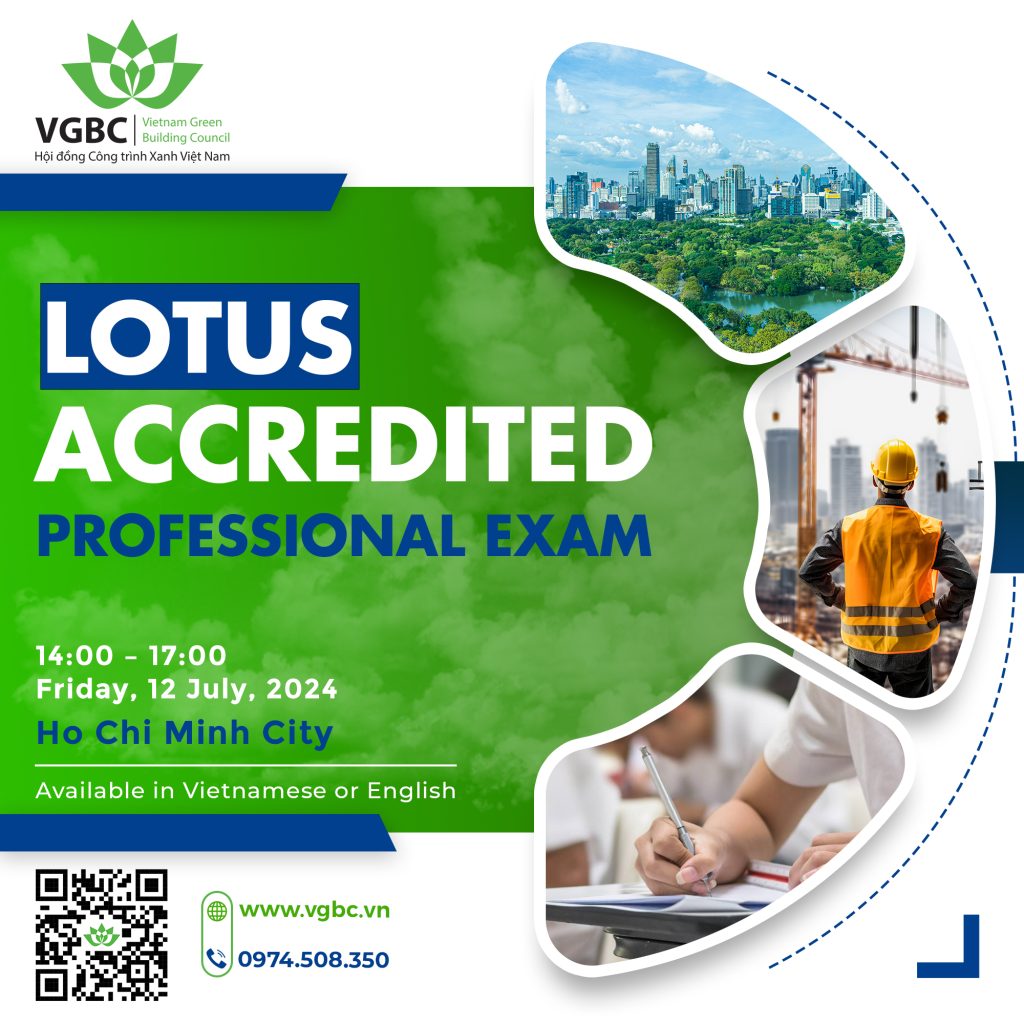Recently, Vietnam has faced challenges of sustainable development and climate change adaptation. Accordingly, Vietnam needs to have a rating tool for exact classification of current and future buildings. So far, VGBC has also developed a rating tool named LOTUS as an effective standard system in green building’s design and performance assessment. Although many criteria are based on those of developed countries, they are selected properly in accordance with Vietnam climate, cultural condition and technology level.
These rating tools aim to encourage the integrated green design solution in order to ensure buildings to meet national requirements and regulations and to limit the exploitation of natural resource as well as to raise people’s awareness of green building benefits. Open and independent activities of VGBC help to ensure the independence and transparency in environmental criteria assessment for buildings.
What is the difference between LOTUS and other international rating tools?
Nowadays, many rating tools in the world belong to developed nations and are designed specifically to their own condition. It is the World Green Building Council that encourages the development of green building rating tools suitable to the country’s conditions. It can be seen that the application of green building rating tools is so popular in several Asian countries. Foreign investors often use their own national rating tool instead of the regional rating system. Particularly, Singaporean investors register Green Mark but not other tools. In many circumstances, applying a rating tool of another country encounters more unnecessary difficulties and complication because the rating tool usually mentions to that country’s standards, regulations and building code.
WGBC and other international organizations have acknowledged that many regional rating tools like GBI, BERDE, GREENSHIP or LOTUS having the same quality, technique accuracy as well-known rating systems worldwide. Nevertheless, because of the lack in active propaganda and advertisement, these tools can not draw much attention and high appreciation.
What are solutions to promote green buildings in Vietnam?
In the 2012 annual conference, VGBC just officially launched 2 tools: “LOTUS Non-residential – version v1.0” and “LOTUS Residential – Pilot version”. This conference was a good chance to promote and introduce rating systems named LOTUS to Vietnam. VGBC also revealed a lot of information about on-going projects which had registered LOTUS such as Green One UN House, Vietnam – Moc Bai Joint stock company’s office and factory and GYPROC factory with an aim to prove LOTUS totally possible to be applied in real-life projects and promote the beneficial functions of a rating tool. During and after this conference, VGBC had attracted the concern of other projects that expressed their interest in applying LOTUS rating tool. Indeed, 3-4 projects registered our tool. LOTUS is supported by many enterprises in the construction field like private companies (both Vietnamese and foreign companies), United Nations in Vietnam, many state organizations as well as research institutes and centers. Ministry of Construction predicted that urban area would rapidly increase in 2020, which continued to double than that of 2010. Besides, the extremely fast speed of construction also affected city infrastructure and national resources in 40 years. Therefore, it was remarkably essential to save natural resource and reduce waste disposal, which was currently a big challenge to every urban area.
To overcome this challenge, departments, agencies and sectors need a synchronous cooperation, which involves the participation of governmental, private sectors as along with green building councils through education and communication activities. As a member in Asia-Pacific network of WGBC since 2009, VGBC have always participated in various activities and campaigns. Green building councils will cooperate closely with stakeholders in the construction sector (private sector, government, research institutes and centers) in order to promote a sustainable construction in accompany with another significant task of awareness raising and capacity building through workshops, speeches and training courses.

 Tiếng Việt
Tiếng Việt
